The Burj Khalifa stands tall and proud as an architectural marvel, dominating the skyline of Dubai. This towering skyscraper is not only an engineering masterpiece but also a symbol of human ambition and innovation. Let’s delve into the fascinating world of the huge structure and discover 40 intriguing facts about this iconic structure.
1. Height and Structure of Burj Khalifa:
Burj Khalifa holds the title of the tallest building in the world with the height of 828 meters (2717 feets). Its design draws inspiration from Islamic architecture, with its sleek and slender structure tapering as it reaches towards the sky.
2. Architectural Marvel:
Designed by the renowned architectural firm Skidmore, Owings & Merrill, this building is a testament to human ingenuity. Its sleek lines, innovative engineering, and attention to detail have garnered worldwide acclaim.
3. Records and Achievements:
This gigantic structure has set several world records, including the highest occupied floor, the highest outdoor observation deck, and the elevator with the longest travel distance. It stands as a true testament to human achievement.
4. Observation Deck:
Located on the 148th floor, the Burj Khalifa’s observation deck offers breathtaking panoramic views of Dubai’s skyline and the Arabian Gulf. Standing at a height of 555 meters (1,821 feet), it provides an unparalleled experience for visitors.
5. Lighting and Illumination:
This building comes alive at night with a mesmerizing lighting display. Over 1.2 million LED lights adorn the exterior, creating a stunning visual spectacle that illuminates the Dubai skyline.
6. Sustainability Features:
Despite its immense size, it incorporates sustainable features. It employs advanced cooling systems, utilizes solar panels for energy generation, and collects condensation to irrigate the surrounding landscape.
7. Elevators and Vertical Transportation:
This structure boasts high-speed elevators that transport visitors to great heights within seconds. Equipped with cutting-edge technology, these elevators offer a smooth and swift journey to the upper floors.
8. Art and Design:
Artistic elements can be found throughout this building’s interior spaces. Stunning sculptures, installations, and artwork by renowned artists enrich the visitor experience, adding a touch of visual delight.
9. Notable Events:
This structure has hosted numerous memorable events, including breathtaking New Year’s Eve fireworks displays and stunning light shows. These spectacles leave spectators in awe of its grandeur.
10. Presence in Pop Culture:
The striking presence of the Burj Khalifa has made it a popular filming location for movies and music videos. It has appeared in films like “Mission: Impossible – Ghost Protocol” and has served as a backdrop for mesmerizing performances by renowned artists.
11. Skyscraper Engineering:
The construction of this building pushed the boundaries of skyscraper engineering. Innovative techniques, such as the use of high-strength concrete and a unique “buttressed core” structural system, were employed to ensure stability and strength.
12. Iconic Skyline Addition:
This structure’s towering presence has become synonymous with Dubai’s modern skyline. It complements other architectural marvels like the Palm Jumeirah and the Burj Al Arab, solidifying its place as an iconic addition to the cityscape.
13. The Experience:
A visit to this gigantic structure is a sensory journey like no other. From the awe-inspiring views from the observation deck to the luxurious amenities within, it offers a glimpse into the lavish lifestyle and innovative spirit of Dubai.
14. Impact on Tourism and Economy:
It has become a major tourist attraction, drawing visitors from around the globe. Its popularity has significantly contributed to Dubai’s tourism industry and played a vital role in boosting the city’s economy.
15. Cultural Landmark:
It has emerged as a cultural landmark, symbolizing Dubai’s rise as a global city. It represents the city’s forward-thinking vision and its ability to achieve the seemingly impossible.
16. Sky-High Dining:
This building is home to world-class dining establishments. Visitors can enjoy culinary delights while relishing breathtaking views of the cityscape, creating an unforgettable dining experience.
17. Sky-High Residential Living:
This building houses luxury residential apartments, offering residents a truly exclusive and unparalleled living experience. The stunning views and top-notch amenities make it an address of prestige.
18. Iconic Architecture Tours:
Dubai’s architectural enthusiasts can embark on specialized tours that explore it and other iconic structures. These tours provide insights into the vision, engineering, and design behind these architectural wonders.
19. Burj Khalifa Souvenirs:
Visitors can take home a piece of it by purchasing souvenirs available at the building’s gift shops. From miniature replicas to artistic memorabilia, these souvenirs serve as cherished mementos of the Burj Khalifa experience.
20. The Light Shows:
The exterior of the this building becomes a canvas for spectacular light shows on special occasions. These light shows combine choreographed lighting effects with music, creating a mesmerizing display that captivates audiences.
21. World-Class Fireworks:
This building is synonymous with dazzling fireworks displays, particularly during New Year’s Eve celebrations. These awe-inspiring fireworks showcase Dubai’s penchant for grandeur and provide a magical experience for spectators.
22. Skyscraper-View Accommodations:
Dubai offers a range of hotels and accommodations with stunning views of this building. Guests can wake up to the sight of this architectural wonder, enhancing their stay and creating lasting memories.
23. Sky-High Fitness Facilities:
The Burj Khalifa boasts state-of-the-art fitness facilities for residents and visitors. Gyms, swimming pools, and wellness centers provide opportunities for fitness enthusiasts to stay active while enjoying unparalleled views.
24. The Iconic Spire:
The spire atop it is not merely decorative; it serves as a functional element. It provides lightning protection and houses essential mechanical and communication equipment.
25. Iconic Photo Opportunities:
This structure offers numerous photo opportunities for visitors. From capturing the building’s magnificent exterior to posing against the backdrop of the Dubai skyline, these photos become cherished memories.
26. Awe-Inspiring Sunsets:
Watching the sunset from this building is a surreal experience. As the sun dips below the horizon, it casts an ethereal glow over the city, creating a breathtaking vista that leaves a lasting impression.
27. The Burj Khalifa’s Vertical Gardens:
Vertical gardens can be found within the Burj Khalifa, adding a touch of nature to the interior spaces. These green spaces provide a refreshing oasis amidst the urban environment.
28. Engineering Feats:
The construction of the Burj Khalifa involved groundbreaking engineering techniques. It required immense planning, innovative solutions, and the expertise of engineers from around the world.
29. Cultural Celebrations:
The Burj Khalifa serves as a focal point for cultural celebrations, particularly during significant events and festivals. It becomes a canvas for projections, light displays, and messages that reflect the spirit of the occasion.
30. Burj Khalifa at Sunrise:
Witnessing the sunrise from the Burj Khalifa is a magical experience. As the first rays of light paint the sky with hues of gold and orange, the city awakens, offering a serene and awe-inspiring sight.
31. Sky-High Business Opportunities:
The Burj Khalifa houses a range of business facilities, including office spaces and conference rooms. Its prestigious address and world-class amenities attract global businesses, creating a thriving business community within its walls.
32. The Burj Khalifa’s Iconic Address:
The Burj Khalifa’s address, 1 Sheikh Mohammed bin Rashid Boulevard, has become synonymous with luxury and exclusivity. It represents a premier location that embodies Dubai’s vision of sophistication and elegance.
33. Vertical Transportation Innovations:
The Burj Khalifa’s elevators utilize cutting-edge technology to transport visitors swiftly and seamlessly to their desired floors. These vertical transportation systems showcase the latest advancements in elevator engineering.
34. Burj Khalifa’s Impact on Skyline Design:
The Burj Khalifa’s iconic presence has influenced the design of skylines in cities worldwide. Architects and developers aspire to create structures that leave a lasting impression, drawing inspiration from the Burj Khalifa’s grandeur.
35. Sky-High Wedding Venues:
The Burj Khalifa provides unique wedding venues for couples seeking a truly remarkable setting for their special day. Exchanging vows against the backdrop of the Dubai skyline creates an unforgettable wedding experience.
36. Burj Khalifa Time-Lapse Videos:
Numerous time-lapse videos capture the Burj Khalifa’s construction, showcasing its rise from a mere blueprint to an awe-inspiring structure that redefines what is possible in architectural design and engineering.
37. A Symbol of Dubai’s Aspirations:
The Burj Khalifa embodies Dubai’s vision and aspirations for the future. It symbolizes the city’s ambition to push boundaries, achieve greatness, and become a global hub of innovation and excellence.
38. World-Class Shopping:
Within the Burj Khalifa lies a collection of high-end boutiques and luxury stores, offering a world-class shopping experience. From designer fashion to exquisite jewelry, visitors can indulge in retail therapy amidst architectural splendor.
39. Burj Khalifa’s Influence on Skyline Photography:
The Burj Khalifa has become an iconic subject for photographers around the world. Its unique silhouette and towering height present endless opportunities for capturing stunning skyline photographs.
40. The Burj Khalifa’s Ever-Evolving Legacy:
As Dubai continues to grow and evolve, the Burj Khalifa remains an everlasting symbol of the city’s progress. Its legacy as a global icon will continue to inspire future generations and shape the skyline of tomorrow.
41. Mission Impossible Series:
In the fourth installment of the Mission Impossible series, titled “Ghost Protocol,” Tom Cruise took on a daring and death-defying stunt that would forever be etched in cinematic history. Scaling the exterior of the Burj Khalifa, the world’s tallest building, Cruise mesmerized viewers with his fearless performance.
42. The inclusion of the Burj Khalifa stunt in “Ghost Protocol” significantly boosted Dubai’s tourism industry. Movie enthusiasts and thrill-seekers alike flocked to the city to witness the iconic landmark that played a pivotal role in the exhilarating Mission: Impossible sequence. The stunt put Dubai on the map as a must-visit destination for film and adventure enthusiasts.
Conclusion:
In conclusion, the Burj Khalifa is not just a building; it’s a testament to human imagination, engineering prowess, and the relentless pursuit of excellence. Its awe-inspiring presence has left an indelible mark on Dubai’s skyline and captivated the world. Exploring its incredible facts only deepens the appreciation for this architectural wonder that stands as a testament to what humankind can achieve.
FAQs
- Is the Burj Khalifa open to the public?
Ans. Burj Khalifa is open to the public. Visitors can access the observation decks on the higher floors and experience the breathtaking views of Dubai.
- How tall is the Burj Khalifa compared to other skyscrapers?
Ans. The Burj Khalifa is currently the tallest skyscraper in the world, standing at a height of 828 meters (2,717 feet). It surpasses other famous skyscrapers like the Shanghai Tower and the Abraj Al-Bait Clock Tower.
- Can you dine at the Burj Khalifa?
Ans. Yes, dining options are available at the Burj Khalifa. The tower features several world-class restaurants and lounges where visitors can enjoy exquisite cuisine while admiring the stunning views of Dubai.
- How long did it take to construct the Burj Khalifa?
Ans. The construction of the Burj Khalifa took approximately six years. It began in 2004 and was completed in 2010, with the official opening taking place on January 4, 2010.
- What are some other famous buildings in Dubai?
Ans. Dubai is home to several other famous buildings, including the Burj Al Arab, a luxurious sail-shaped hotel; the Palm Jumeirah, an artificial island in the shape of a palm tree; and the Dubai Marina, a stunning waterfront development.
- Did Tom Cruise really climb the Burj Khalifa?
Ans. Yes, Tom Cruise indeed climbed the Burj Khalifa for a scene in the movie “Mission: Impossible – Ghost Protocol.” While safety measures were in place, Cruise personally performed the climb, showcasing his commitment to realistic stunts.
- How tall is the Burj Khalifa?
Ans. The Burj Khalifa stands at a height of 828 meters (2,717 feet), making it the tallest building in the world. Its remarkable height has become an iconic feature of the Dubai skyline.
- How did the Burj Khalifa benefit from the Mission: Impossible stunt?
Ans. The inclusion of the Burj Khalifa stunt in the movie “Mission: Impossible – Ghost Protocol” garnered significant attention and publicity for the tower. The thrilling scene featuring Tom Cruise climbing the Burj Khalifa showcased its grandeur and captivated audiences worldwide, increasing its popularity and drawing more tourists to Dubai.

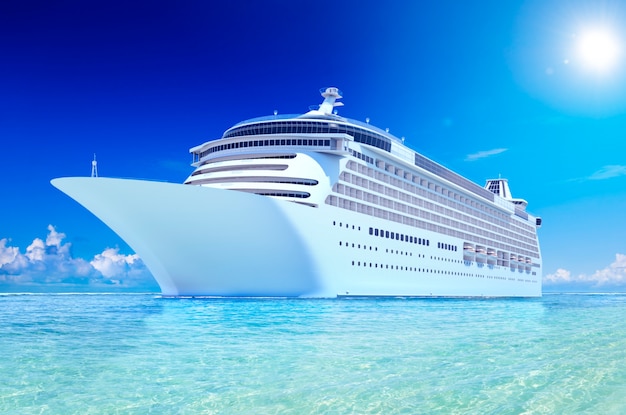
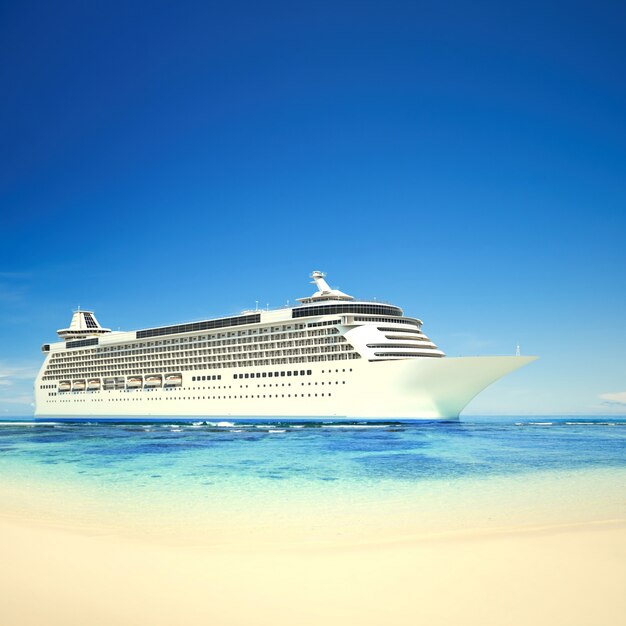
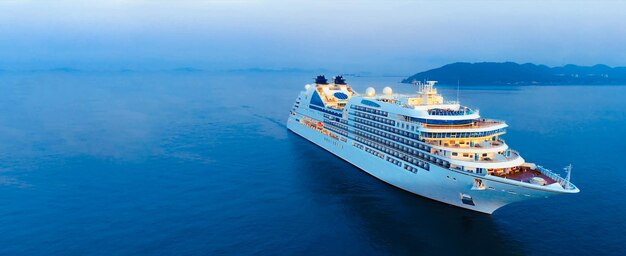



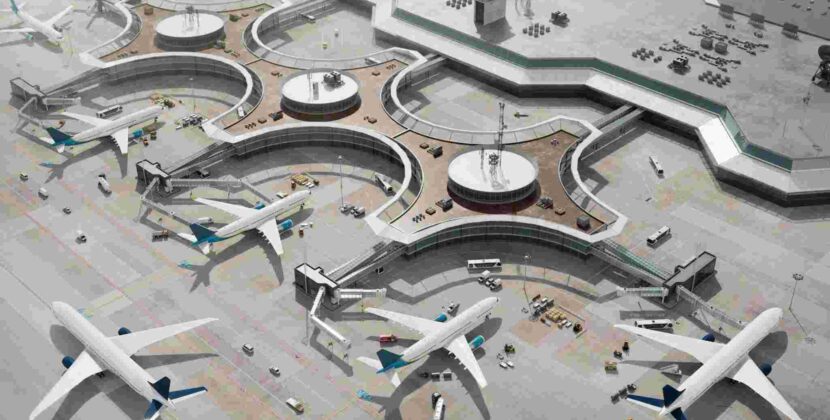






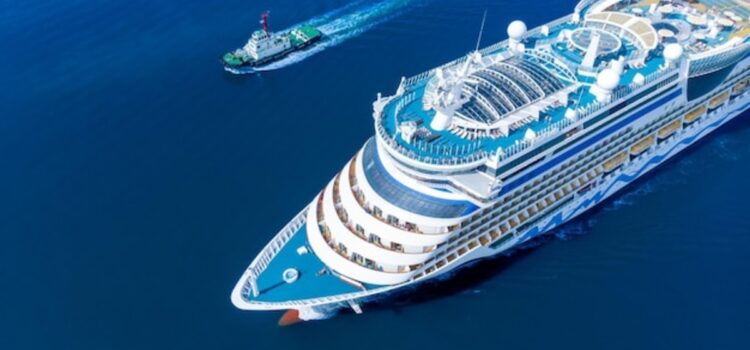
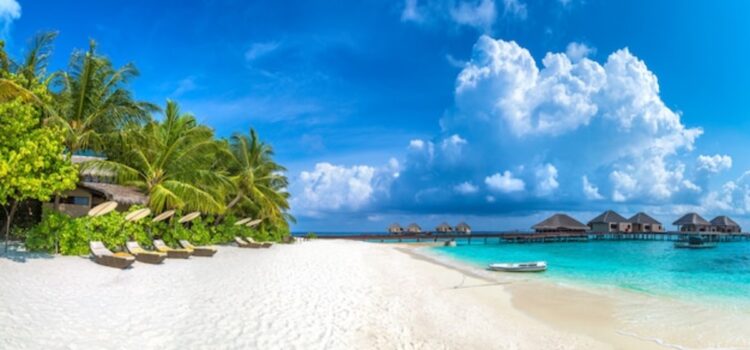
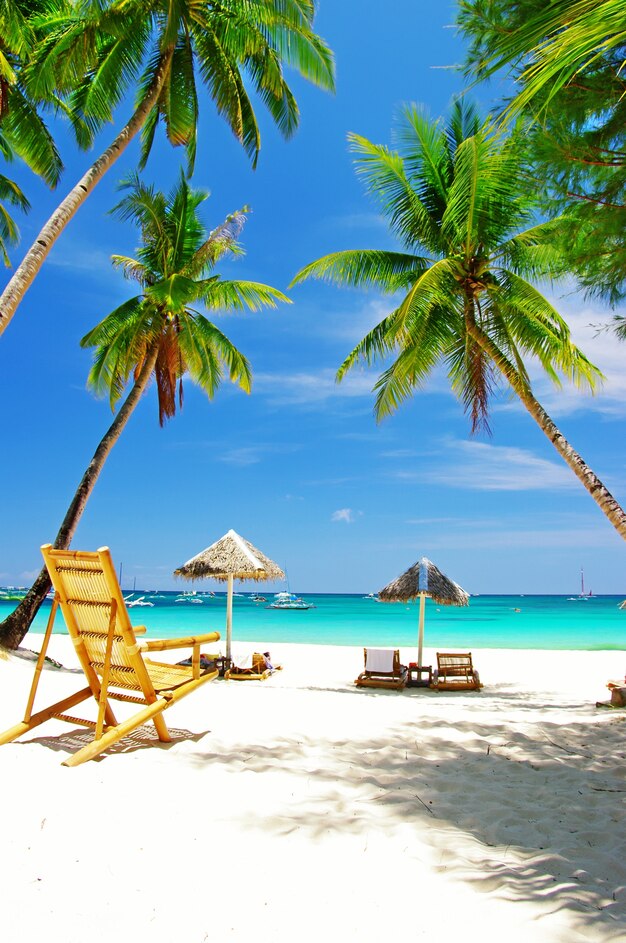
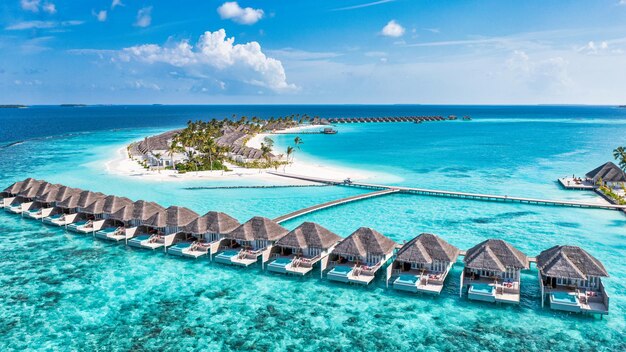
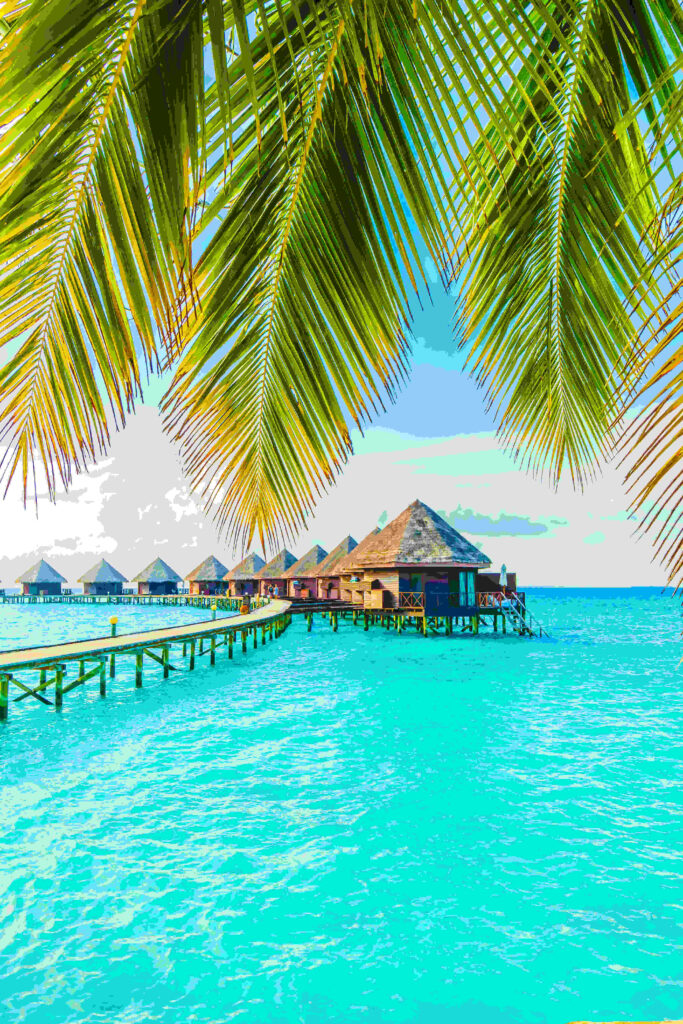
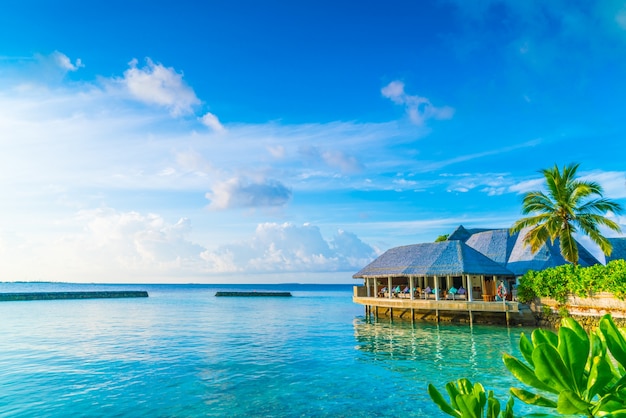
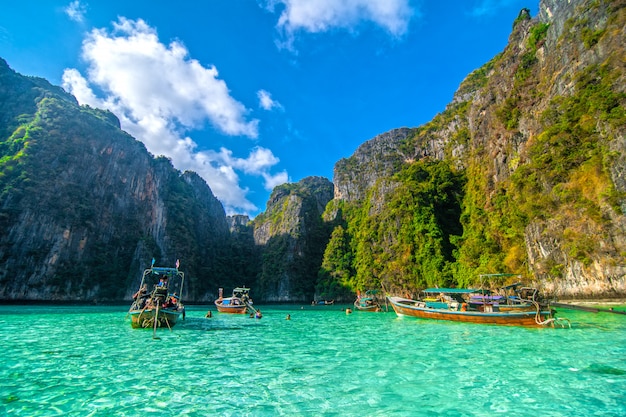
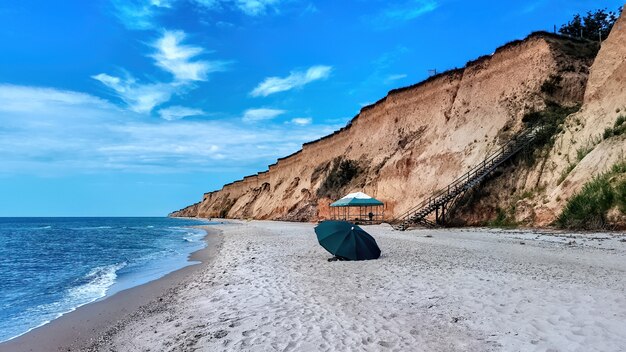
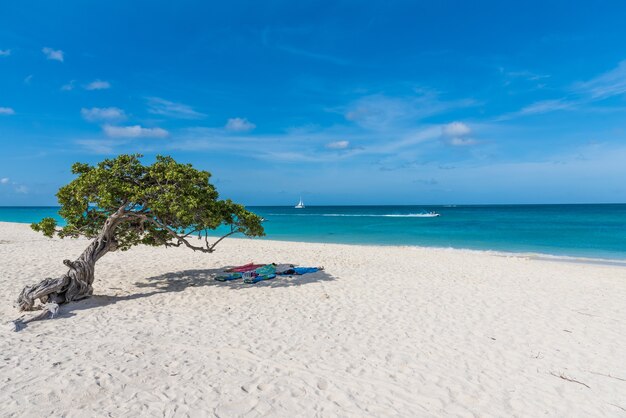
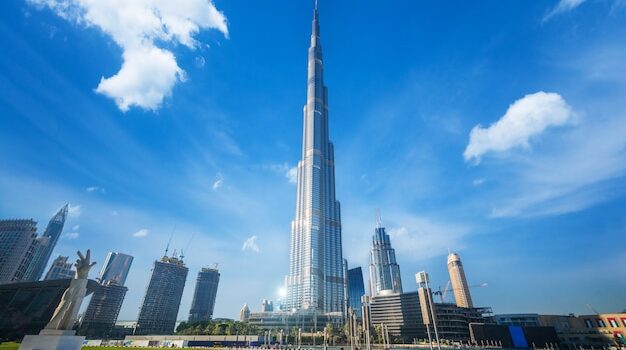
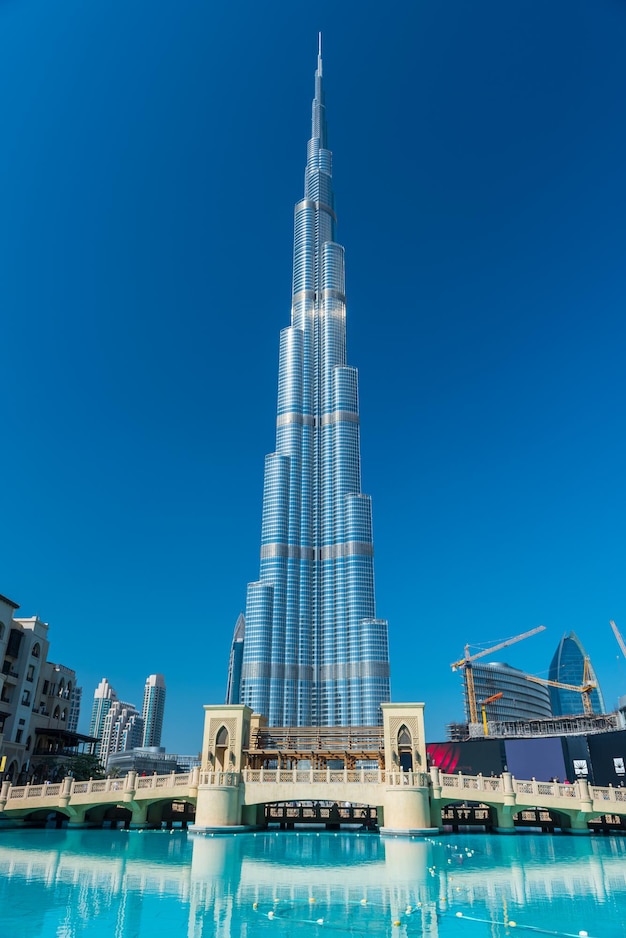
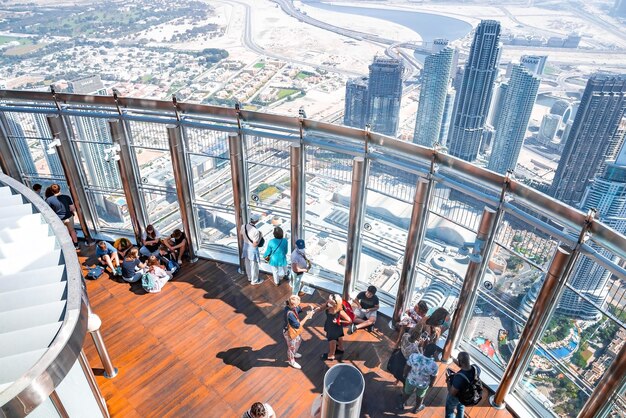
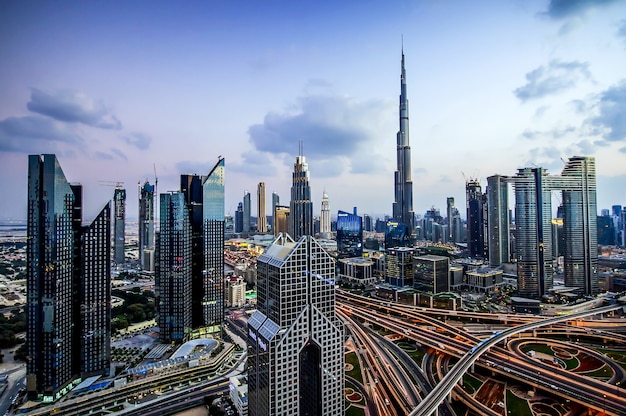
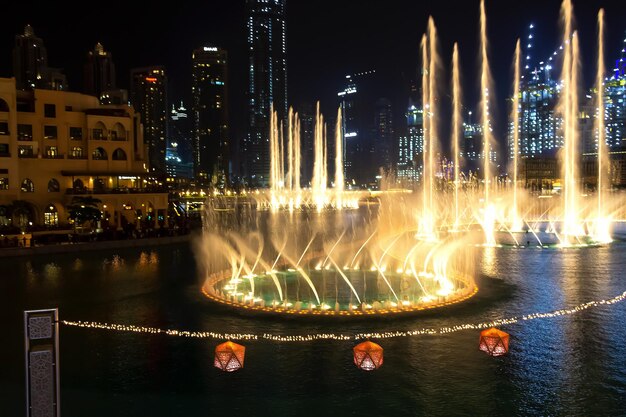
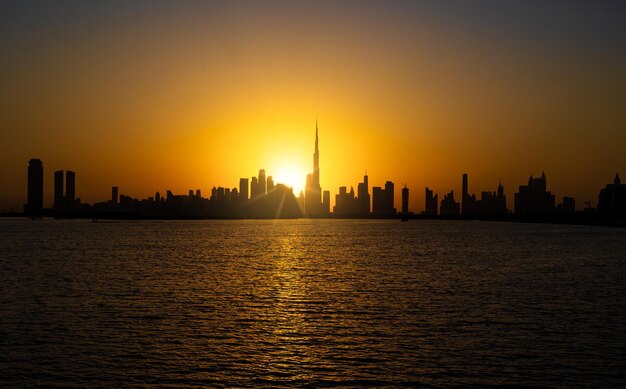
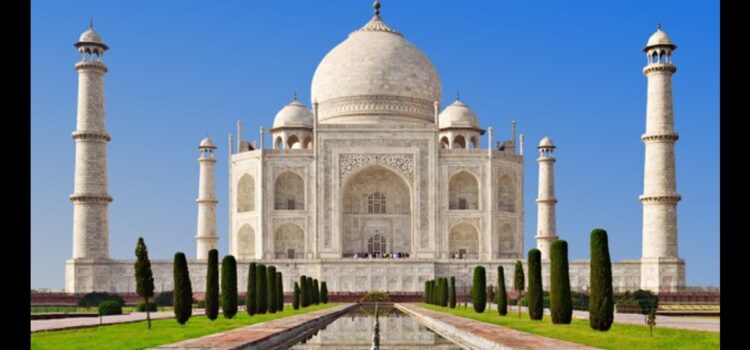
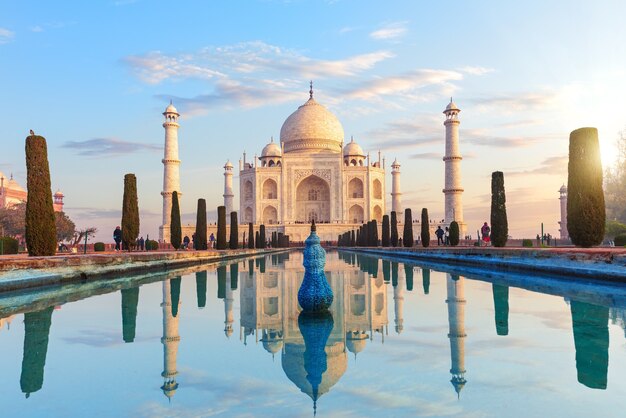

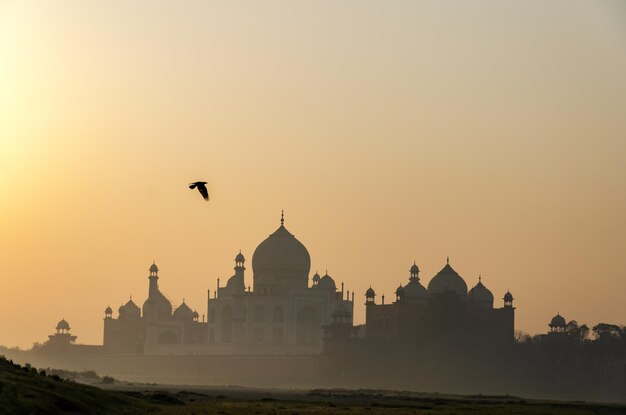
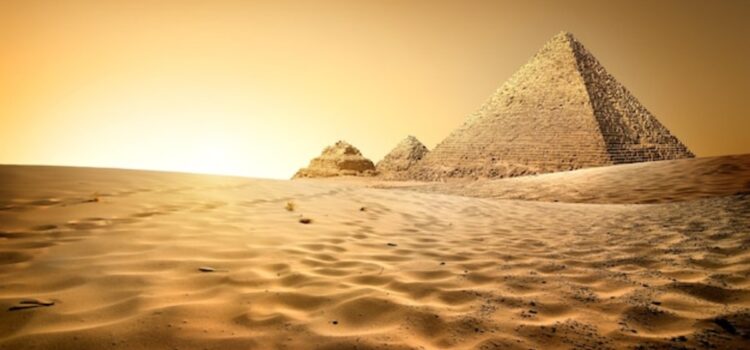


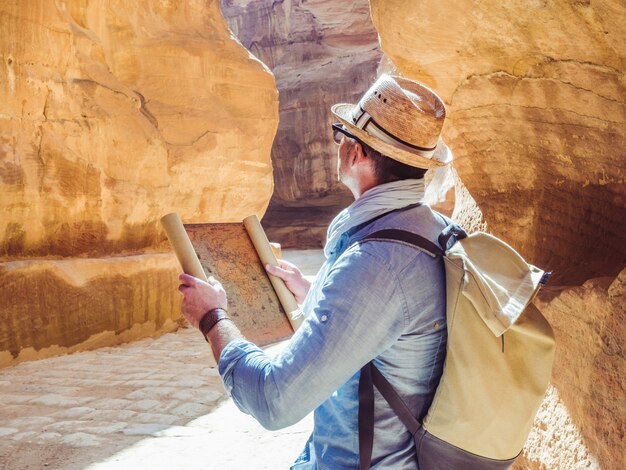
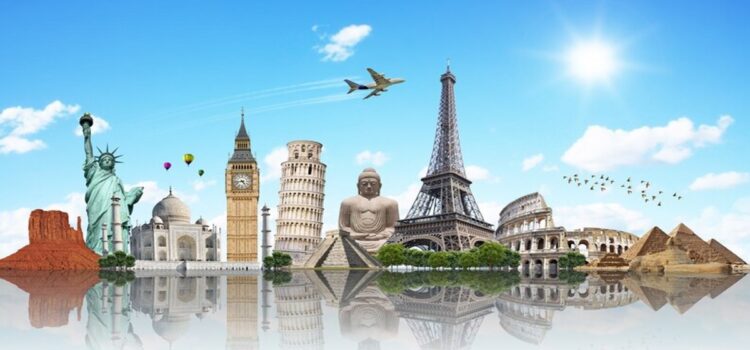




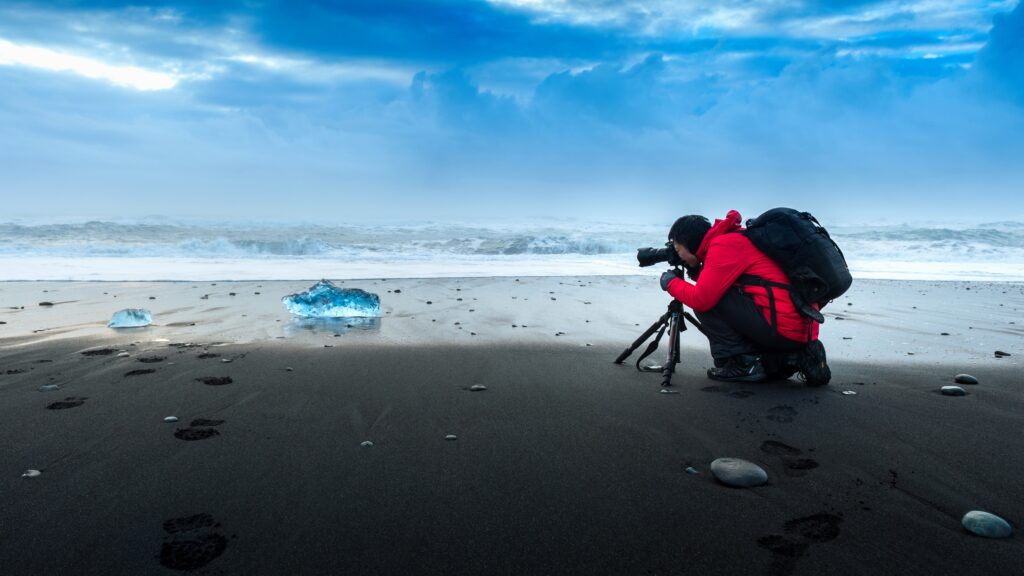
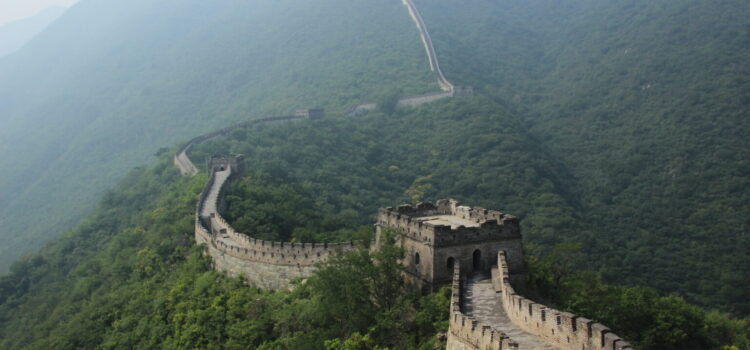

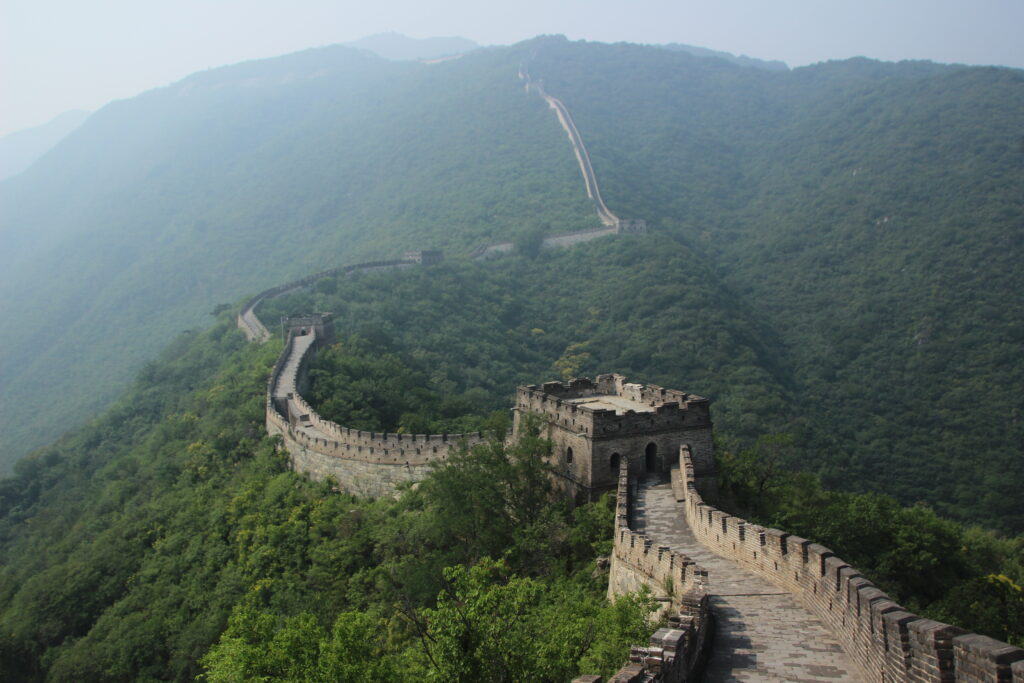
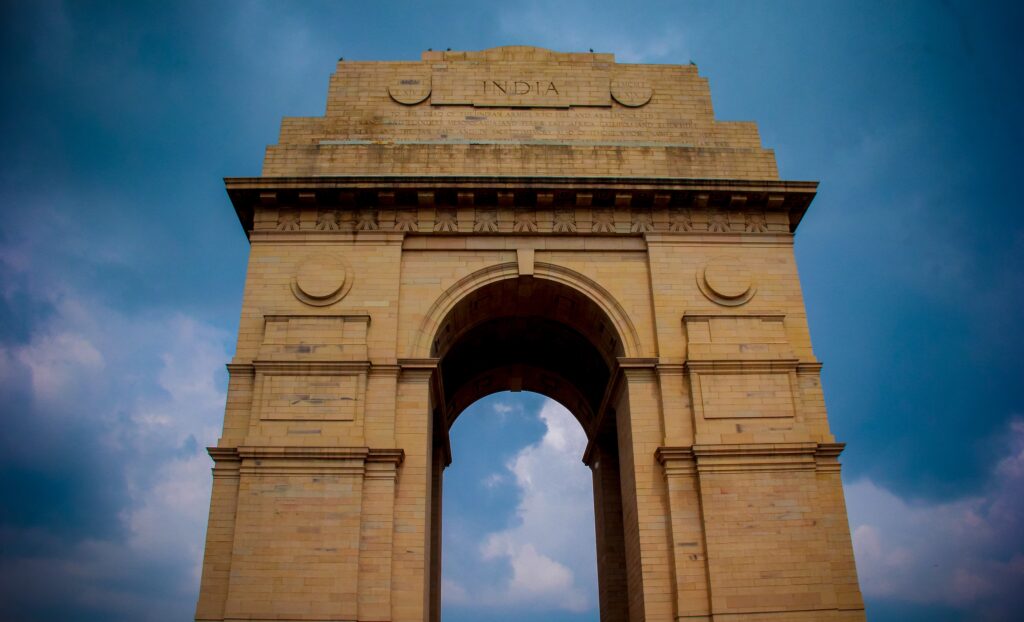
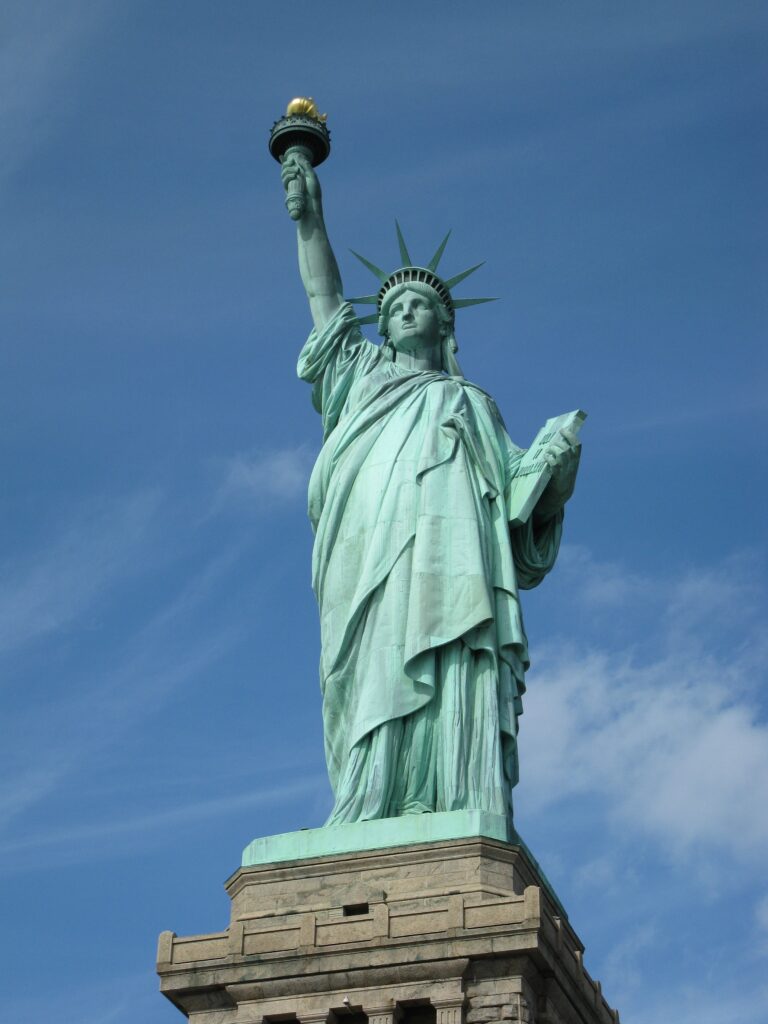
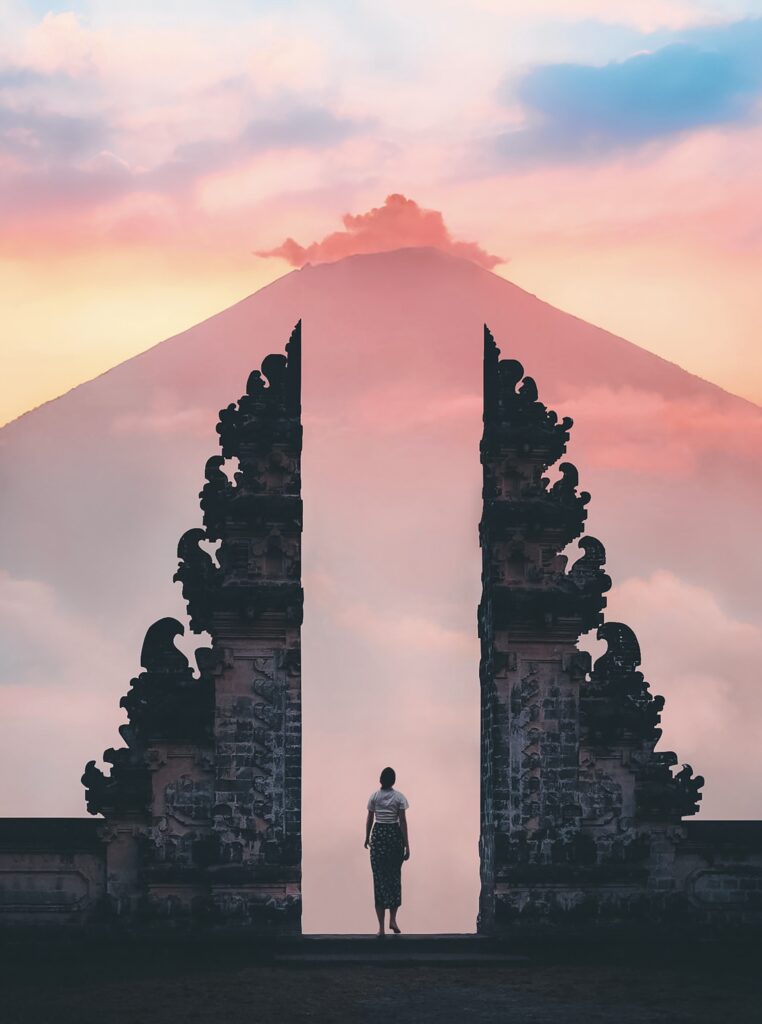
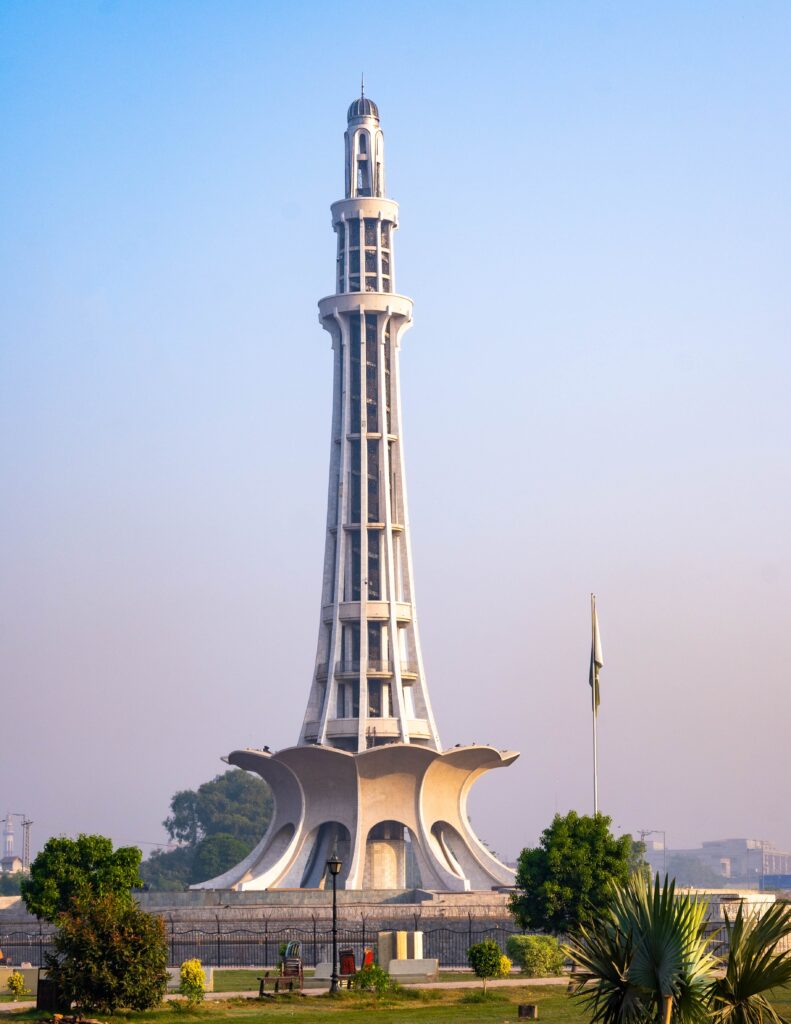
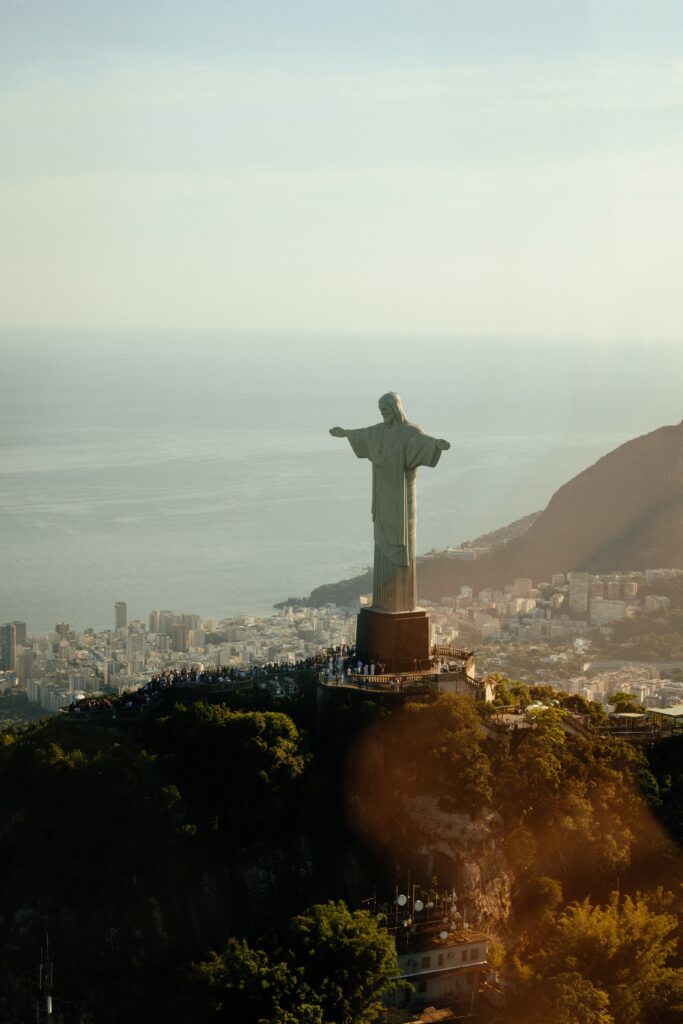
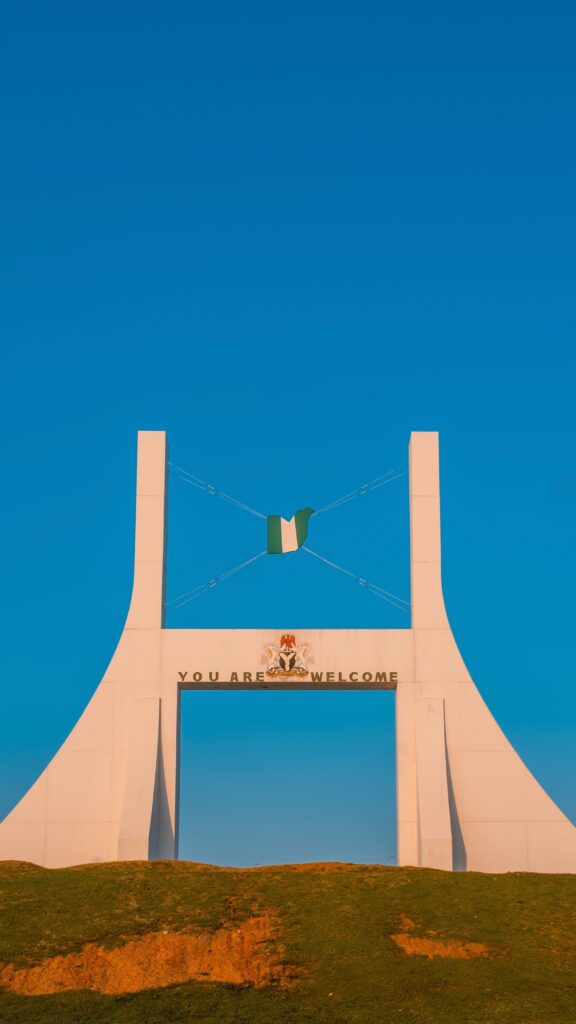
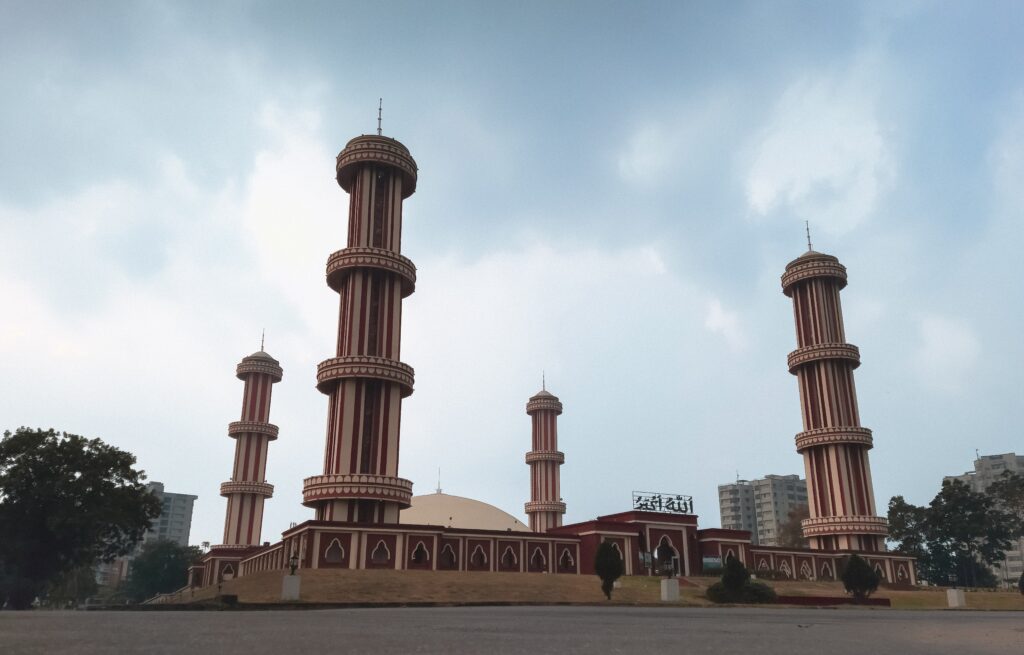
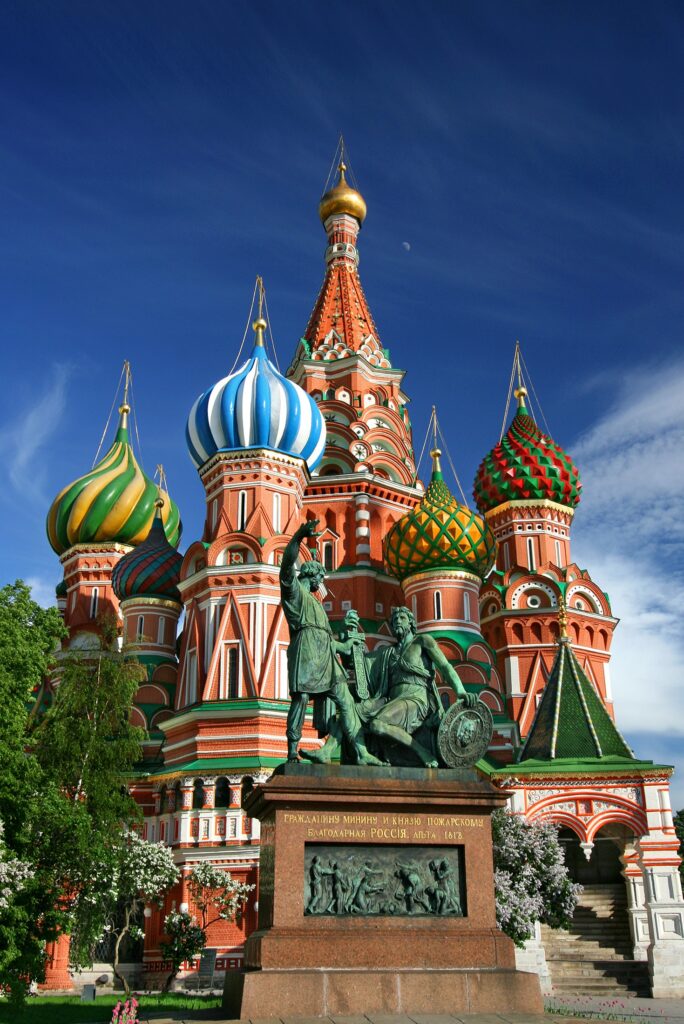
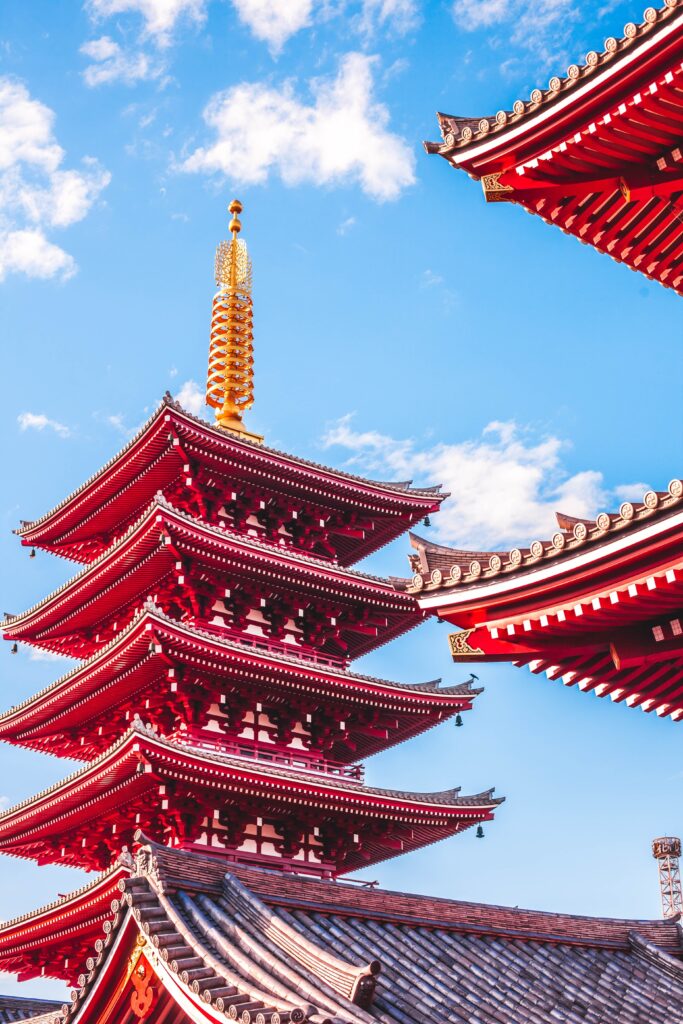



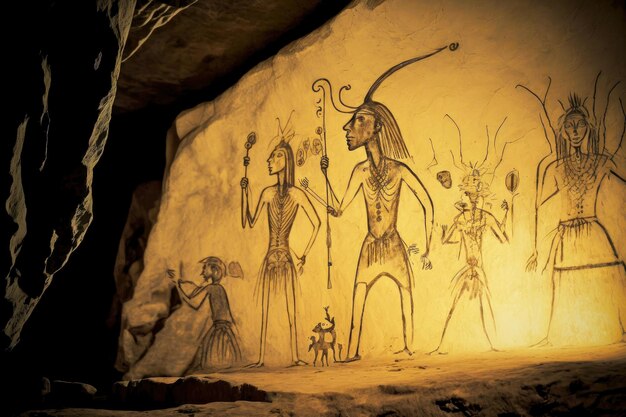







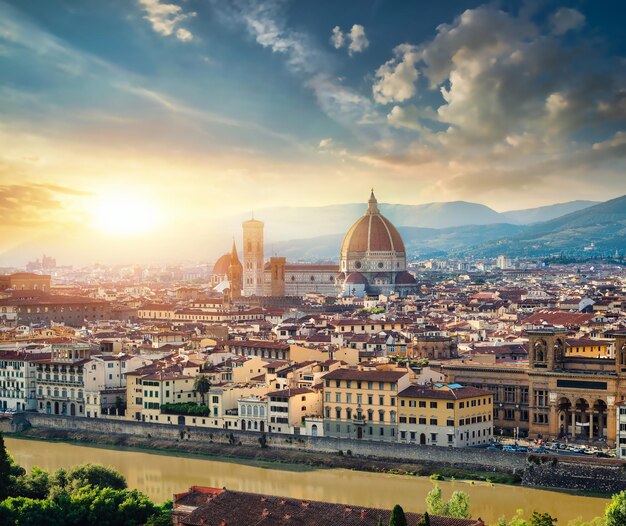

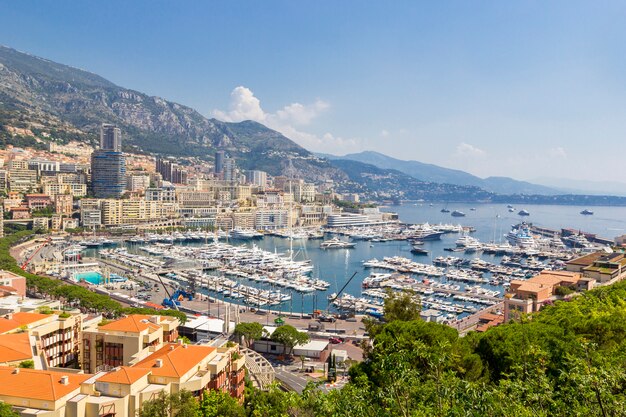
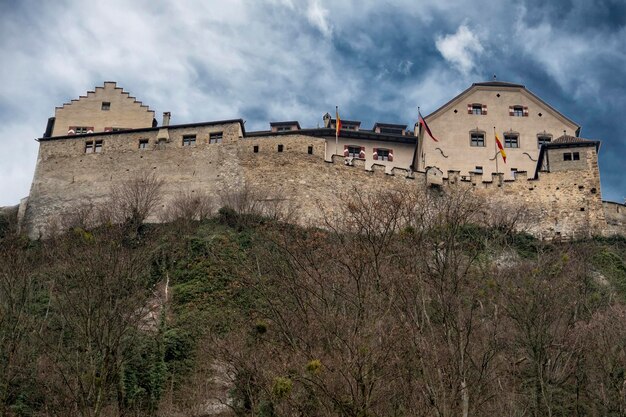
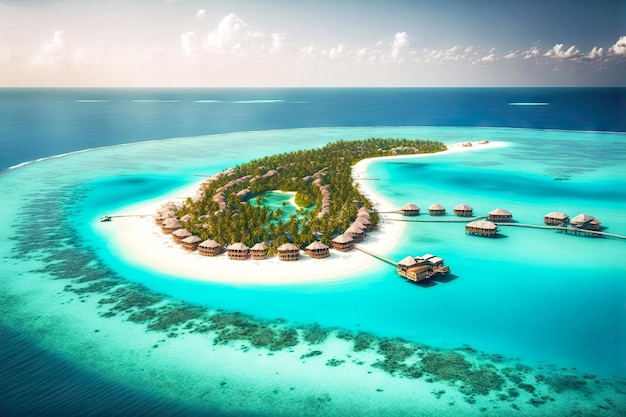

Comments
Here are 10 World’s Largest Cruise Ships
Here are 10 World’s Largest Cruise Ships
From Love to Longing: 10 Surprising Reasons of Marital Disconnection
Unveiling the Surprising facts about Zulfiqar Ali Bhutto
Unveiling the Surprising facts about Zulfiqar Ali Bhutto